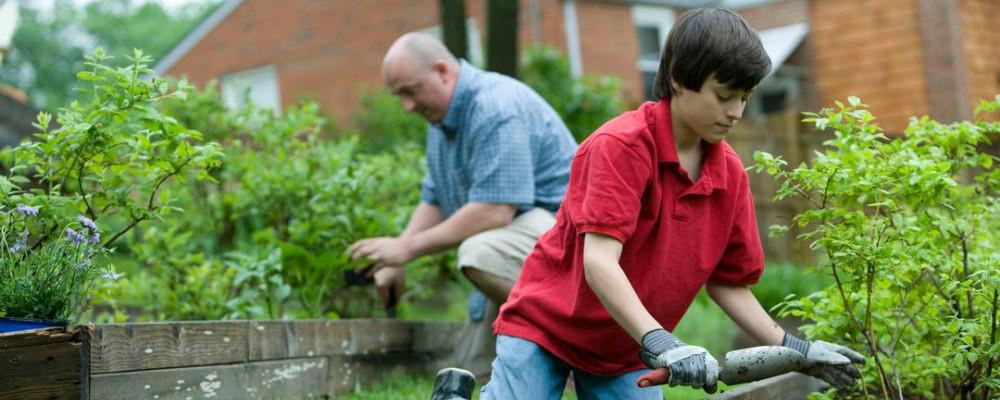
What is a PH soil Kit?
A soil pH (potential hydrogen) test, in technical terms, determines how many hydrogen ions are present in the soil. A pH of less than 7 indicates acidity, whereas a pH of 7 indicates neutrality, and a pH of greater than 7 indicates alkalinity.
It depends on what you’re cultivating whether you have acidic or alkaline soil. Although most plants can adjust to a pH range of 6 to 7.5, some have specific preferences. That’s why it’s crucial to assess your soil before planting anything you’ve purchased.
If your soil is outside of a plant’s optimal range, even adding a lot of plant food or fertilizer won’t help.
Let’s Break it Down.
Acidity., Neutrality and Alkalinity.

How to Test Properly.
you can purchase a pH soil kit from any good nursery and follow the instructions, but to make it easier to read this may help.
How to Use Your pH Test Kit
You can test samples obtained from various areas of your garden to discover the pH of your soil. To accomplish this,
- Use one teaspoon of soil, taken from just beneath or up to 2″ from the soil’s surface, and place it on the white tile.
- Dust with the white powder provided in the kit and a few drops of the indicator dye.
- Allow 30 seconds for the color shift to take effect, then match the color of your soil samples using the color chart.
- Each color represents the pH level of your soil.
- A score of 6 to 7 on the test is ideal. It means that the bulk of nutrients are available for the plants we grow.
If your soil is Alkaline.
The term “alkaline soil” refers to soil with a high pH. Compost and manures, leaf litter, and mulch can all help to raise the acidity of your soil. Iron chelates are also effective.
In an emergency, powdered sulfur could be used. Once a year, you apply one handful per square meter. However, it works slowly, and you won’t notice a difference in your pH for at least 6 months.
If your Soil is Acidic.
If your soil pH is either low or too acidic as a result of your soil test, the remedy is to apply agricultural lime or dolomite. You can also use poultry manure, but make sure to protect yourself with a mask and gloves.
If your Soil is Neutral.
You have won the soil jackpot, you will be able to grow most plants within this range. However please check your plant’s label or tag to see what their preferred pH level is.
Testing your Soil Without a Soil Kit.
Baking Soda and Vinegar Test.
- Begin by taking soil samples from various areas of your garden.
- Place two spoonfuls of dirt in separate containers.
- To the soil, add 1/2 cup vinegar. If it fizzes, the soil is alkaline, with a pH of 7 to 8.
- If the other container of dirt does not bubble or fizz, add a small amount of distilled water to make it murky.
- Add 1/2 cup baking soda to that. If it fizzes, the soil is acidic, with a pH of 5 to 6.
- If your soil does not respond to vinegar or baking soda, you have neutral soil, which is the finest soil to have and will allow you to grow practically any plant.

Red Caggabe Test.
- Pour 2 cups of distilled water into a saucepan.
- Add about 1 cup of red cabbage to the pan that is cut up.
- Remove from heat after 5 minutes of simmering.
- Allow 30 minutes for cooling.
- Remove the liquid with a strainer.
- Add 2 spoonfuls of soil and a few inches of cabbage water to a jar or container.
- Stir thoroughly and set aside for 30 minutes.
- If the soil becomes pink after 30 minutes, it’s acidic.
- Your soil is alkaline if it turns blue/green.

Find out more at “OurSoil Edu“
Both of these tests are equally effective, so try one of them and see what your soil is like.
Who Am I?
My name is Stephen and I am an avid gardener and author of this article and owner of this website.




